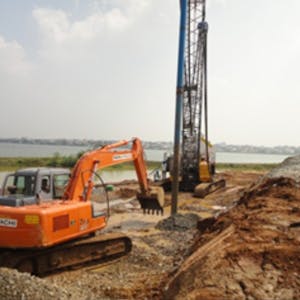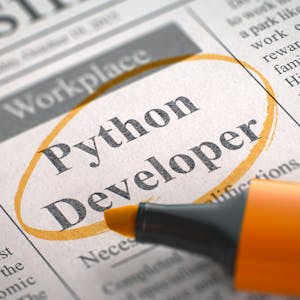Piling Construction and practices
About this Specialization
Our specialization in Piling Construction and Practices comprises three meticulously designed courses, each providing essential knowledge and practical skills in various aspects of piling.\\n\\nThe \"Introduction to Pile Foundation\" course initiates learners into foundational pile design concepts, covering diverse pile types and selection factors. Students grasp fundamental terminology, code requirements, and design considerations, laying a robust groundwork for deeper exploration.\\n\\nTransitioning to \"Precast & Advanced Pile Foundations,\" learners delve into advanced techniques and materials crucial for sophisticated piling. From precast driven pile design to Steel and Continuous Flight Auger (CFA) piles, this course offers a comprehensive approach. Practical insights from case studies prepare students for real-world scenarios and contemporary piling advancements.\\n\\nCompleting the trio is \"Pile Grouping, Testing & Quality Control,\" focusing on critical aspects like pile testing, quality assurance, and environmental safety. Through structured examination of settlement, testing methodologies, and quality control measures, students develop skills to assess pile capacity and predict settlement. The course also addresses the vital role of bill of quantities and software tools like PLAXIS 3D.\\n\\nThis cohesive curriculum equips learners to excel in piling construction and practices, bridging theoretical knowledge with practical application.Created by: L&T EduTech

Related Online Courses
When you complete this professional certificate program, you will have experience in SAS programming using SAS 9 and will be able to process data using Structured Query Language in the SAS... more
This Guided Project \"Gen AI for Developers: Web Development with Python & CoPilot\" is for developers who wish to use Copilot to improve their daily work routine. In this 1 hour long project-based... more
The Advanced Network Security specialization is designed for Network Security Analysts, Information Technology (IT) Managers, or Cybersecurity Consultants to further their understanding of advanced... more
This course prepares you to use Microsoft Copilot for data preparation and evaluation tasks. You\'ll learn how to leverage Copilot\'s generative AI and natural language processing capabilities to... more
Developed by Rice University\'s world-class Computer Science & Data Science faculty, this specialization is intended for beginners who would like to master essential programming... more







